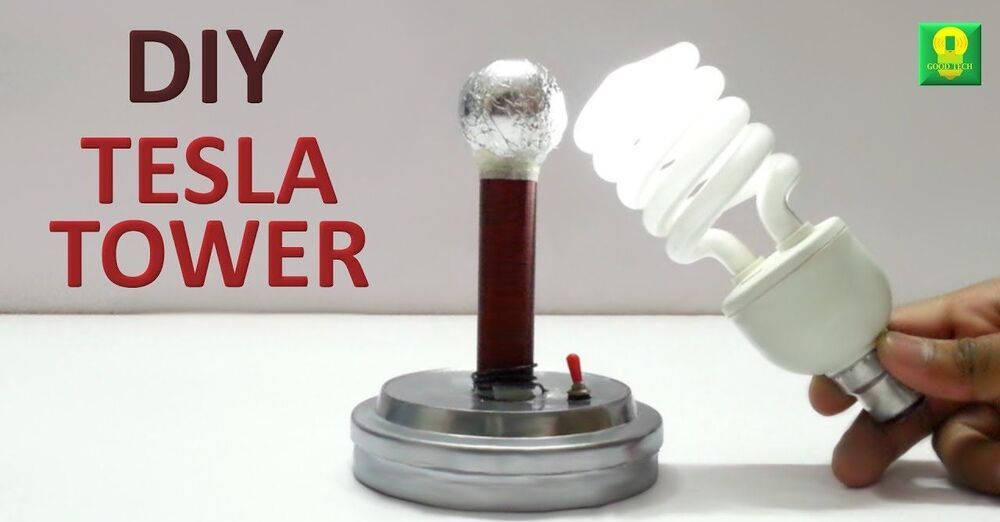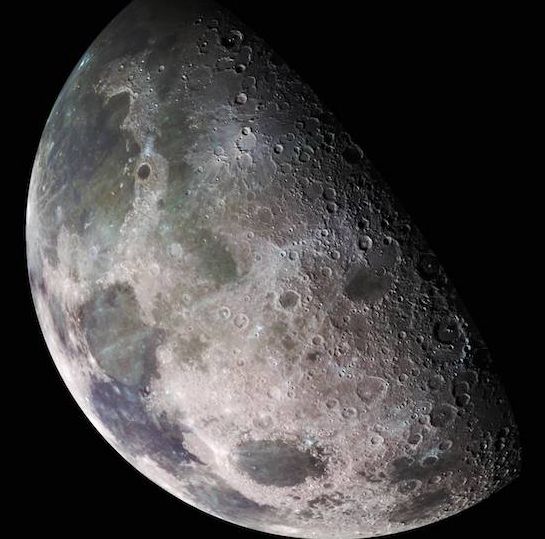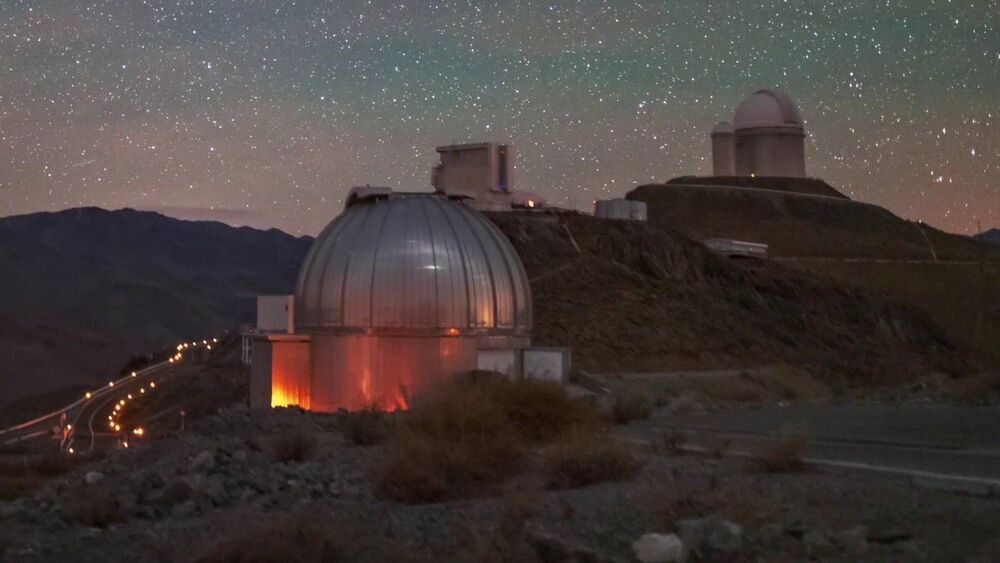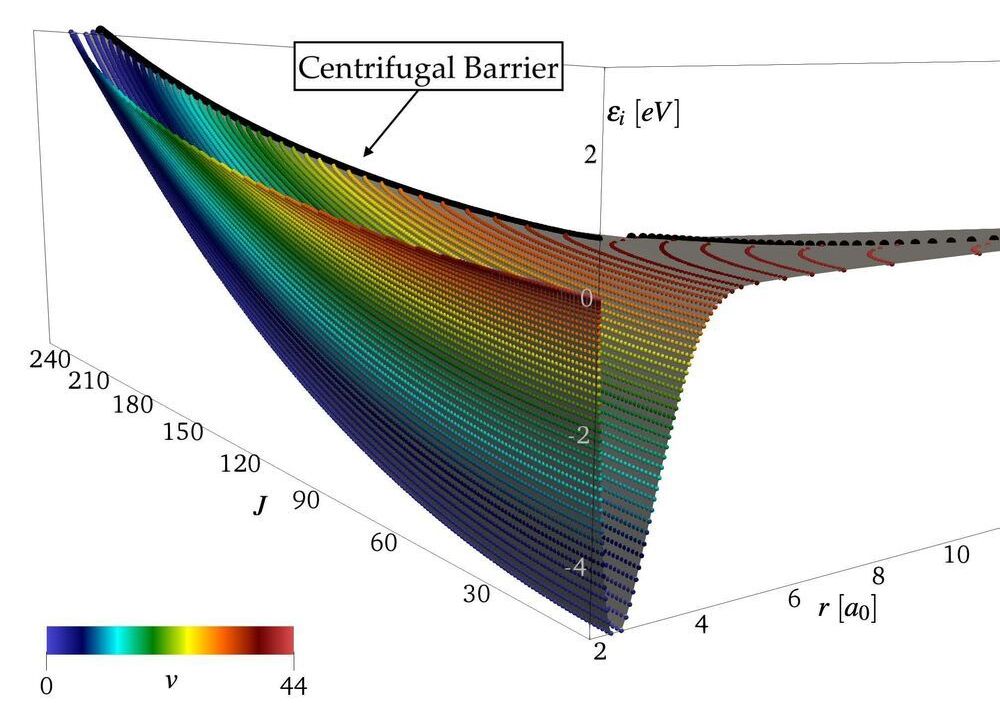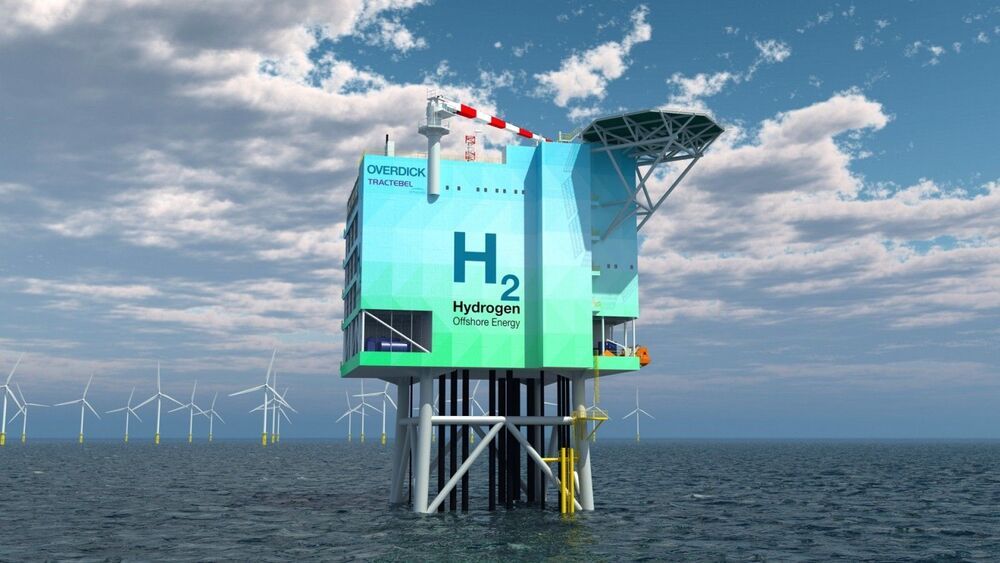
Tractebel Overdick has developed a new floating wind foundation concept for 15+ MW wind turbines with a “hydrogen ready” option, and an offshore hydrogen production platform which can utilise the potential of large-scale offshore wind farms at an industrial scale of up to 800 MW.
The new floater design is said to have been optimised to reduce the overall costs of the floating foundation, through all major fabrication, installation, and operational aspects. In the case of the new hydrogen platform, the company has also highlighted that the new design – for which the system configuration and platform layout have been optimised based on the company’s previous design for a 400 MW system – can now lead to an overall cost reduction and competitive levelized cost of hydrogen.
The floating wind foundation, based on triangular arrangement of the main load carrying members, does not require any moving parts or wires, thus reducing risks and allowing for easier transport and installation operations, according to Tractebel Overdick. Moreover, the floater can be fabricated without using large heavy lift cranes or similar infrastructure, which might not be available in remote areas of the world.
